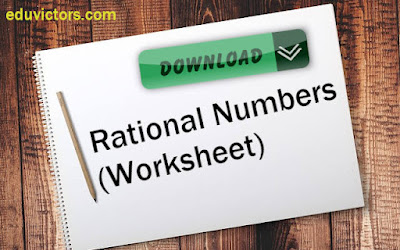Happy Children's Day
Children's Day is observed in India every year on November 14. It falls on a Monday this year. Because Pandit Jawaharlal Nehru, often known as Chacha Nehru, had a special affection for children, the day is observed on his birthday. He was India's first prime minister and held the view that youth are the nation's future and have the potential to influence its future development. Children dress colorfully, perform special acts, and schools organise cultural events to honour Jawaharlal Nehru's teachings and legacies on Children's Day.
Without children, there would be no joy, laughter, or love in the world. Children are therefore God's most precious creation, and we should do everything in our power to safeguard, educate, and cherish them. Greetings on Children's Day!



















